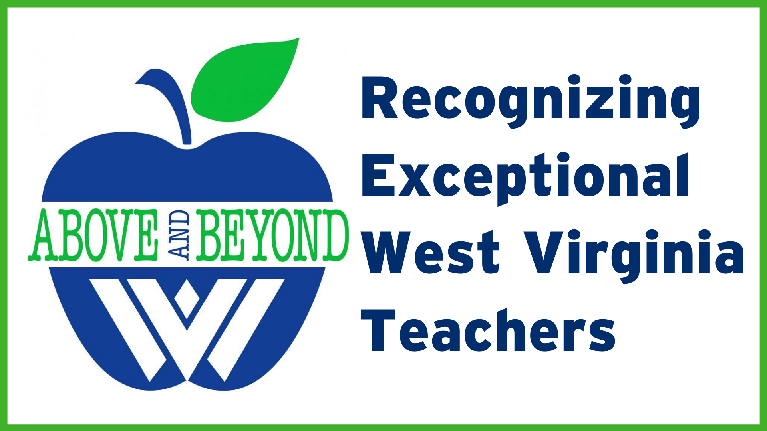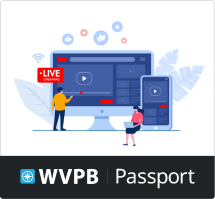A free online tool from Legal Aid of West Virginia is available to help kinship caregivers compare options to formalize custody of the children in their care.
Kinship caregivers are typically biological family members with unofficial custody of a child.
The new Kinship Connector Tool is available online for free, open to the public and does not have any income requirements.
The purpose of the tool is to help kinship caregivers understand what course of action is available to them to obtain official custody of the child in their care by guiding them through the process, based on their circumstances.
“DHHR provides care for, and assistance for, the children who are officially placed through foster care,” said Dane Henry, the advocacy training and technology attorney for Legal Aid of West Virginia. “But oftentimes, there are a number of children who are unofficially placed, and it might just be a grandparent who’s caring for their grandchild, there’s often a lack of assistance that comes with that care.”
Beginning with a questionnaire, the tool provides three options for families with guides to fill out the required paperwork: a temporary care agreement, guardianship, or adoption.
“Each one has its pros and cons, and each one is going to be different based on the needs of the particular situation,” Henry said. “So, we try to guide them through that to give them the options and let them understand what exactly they’re getting into. And then once they’ve chosen a particular document that they want to pursue, we get into asking all the actual biographical questions of names and addresses and things like that that are necessary.”
Henry said this is just the first version of the tool and hopes to improve upon its offerings in new updates.
“The supreme court forms for guardianship are not super clear, and so one of the big drivers for the tool was to make it human readable and human understandable and actually just break these questions down to what is absolutely needed and get that filled out for them in a nice typed-up, clear petition that can just be printed out.”
The tool is open to the public; however, it is not meant to help when children are involved in an abuse and neglect case in court.




















 Heleen Zeegers/Getty Images
Heleen Zeegers/Getty Images